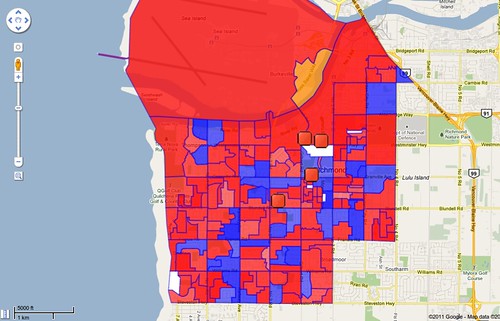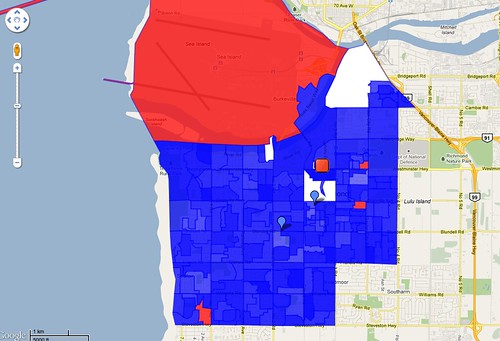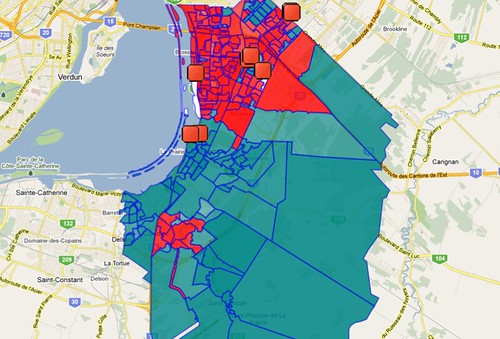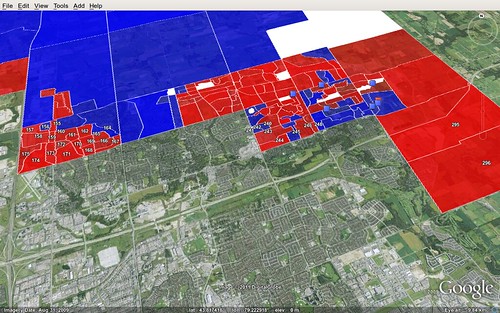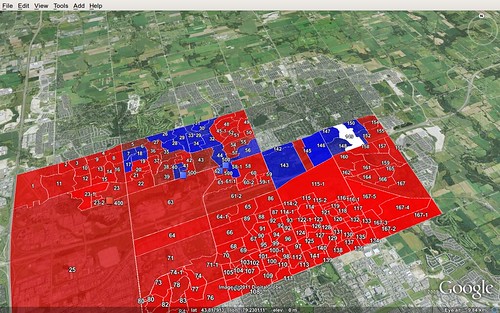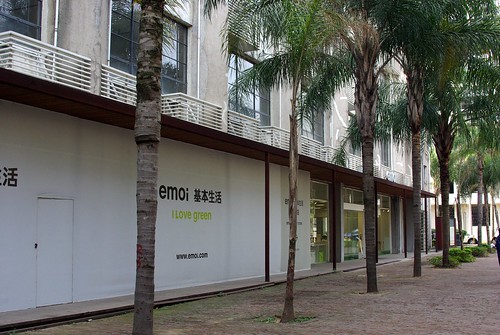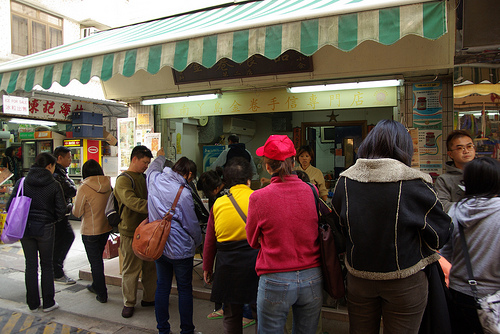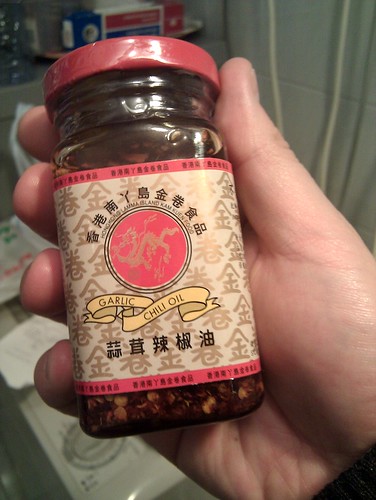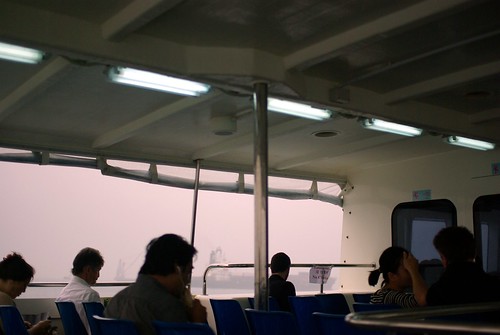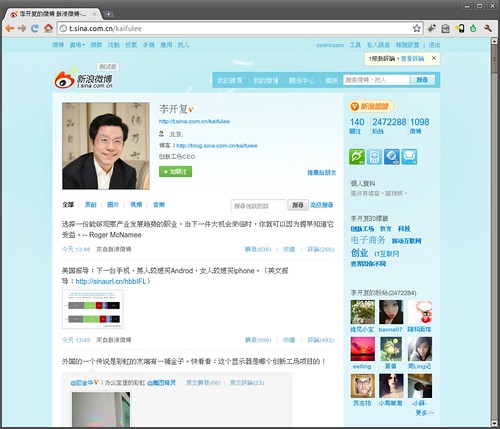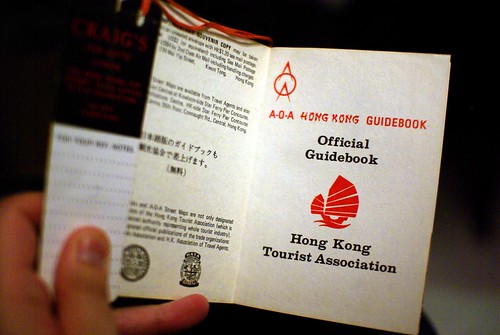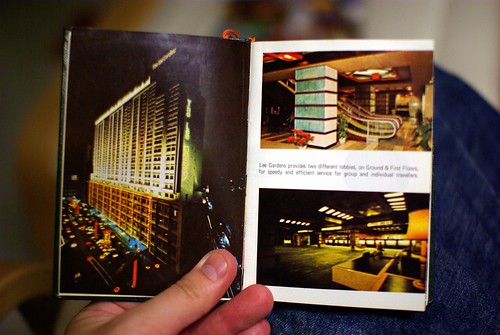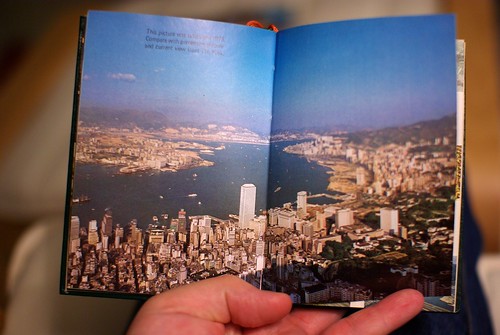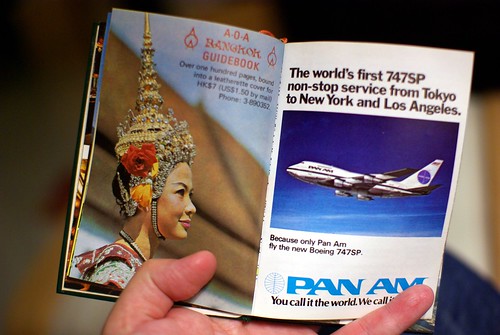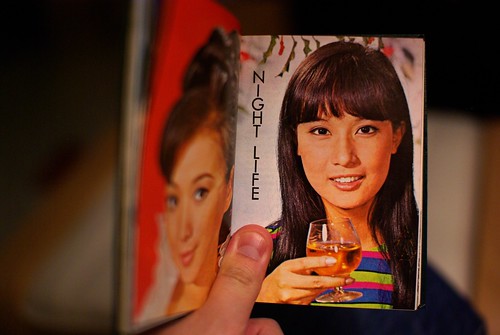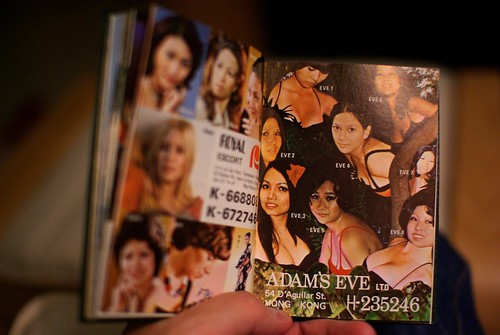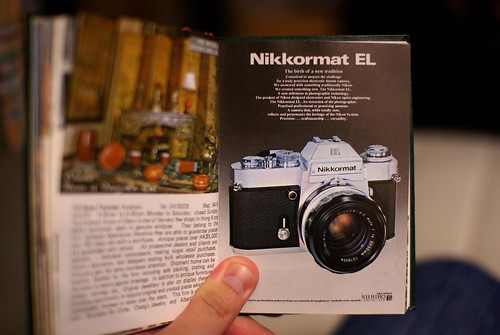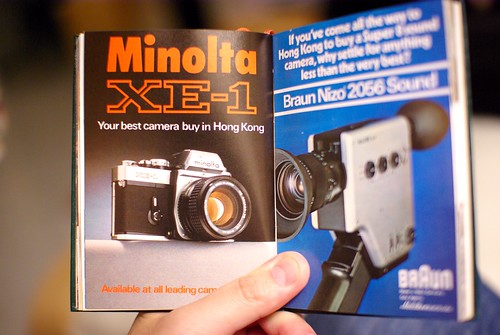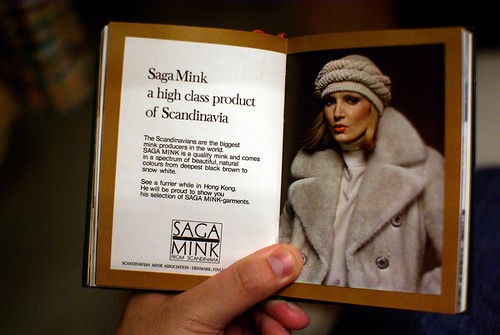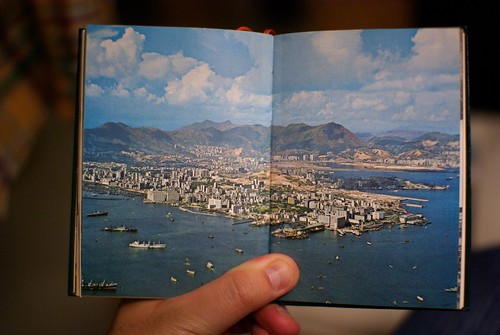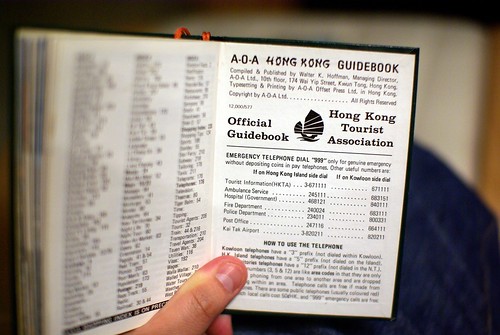Au départ, l’histoire de Guo Meimei (郭美美) peut paraître anodine. Une belle fille, d’à peine vingt ans, prend des photos d’elle bien accôtée sur de belles voitures. Elle parle sans retenue de son style de vie flamboyant.
La shit a pogné la fan lorsqu’elle a weiboyé il y a déjà plus de deux semaines qu’elle est une des dirigeantes de la portion commerciale de la Croix-Rouge de Chine (qui n’a rien à voir avec la Croix-Rouge internationale, contrairement à celles de la plupart des pays). Quoi? Qu’est-ce qu’une jeune femme qui devrait encore être à l’université fait-elle à se vanter d’être en haut dans la hiérarchie d’une des plus grandes sociétés charitables de la République populaire de Chine? Était-ce la maîtresse d’un (vrai) dirigeant de la Croix-Rouge?
Elle a depuis effacé tous les messages compromettants de son compte Weibo et nié tout lien avec l’organisme. Pourtant, la tempête médiatique continue de faire rage et sa vie d’adolescente passée la vingtaine reste bien étalée au vu et sû de ses 460 000 suiveux.
Cette histoire est importante parce qu’elle constitue l’exemple parfait de la crise de crédibilité que vivent les organisations en Chine, qu’elles soient commerciales ou caritatives. Si les gens de plus en plus riches en Chine veulent donner de l’argent pour une bonne cause, à qui le donneront-ils, si même la Croix-Rouge peut être corrompue? Celle-ci gère des sommes astronomiques, elle qui a donné 2,8 milliards $US en 2011 à la province du Sichuan.
Les gens ordinaires, la classe moyenne, veulent connaître la vérité. Peut-être qu’à l’étranger, on s’inquiète pour les droits de l’homme ceci, et la démocratie cela. Mais ce qui est encore plus important à mes yeux, c’est la confiance. La confiance qu’on a pour ses institutions, la confiance qu’on a pour ses voisins. Dans la vie ordinaire des gens, de pouvoir truster que ce qu’on achète au supermarché est vraiment ce qui est indiqué sur la boîte, c’est ce qui importe vraiment. Faut commencer au niveau micro.
Alors ils se branchent sur leur Weibo via leur téléphone mobile et consultent les médias en ligne pour savoir s’ils ont été crossés par la Croix-Rouge (qui devrait peut-être apprendre de son synonyme international). Le portail QQ a même consacré une page spéciale pour la jolie demoiselle.
(Voici un bon récapitulatif de toute l’histoire, via ChinaSmack.)




